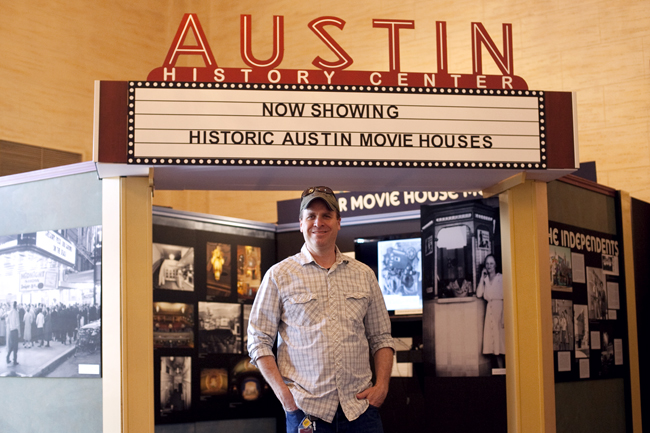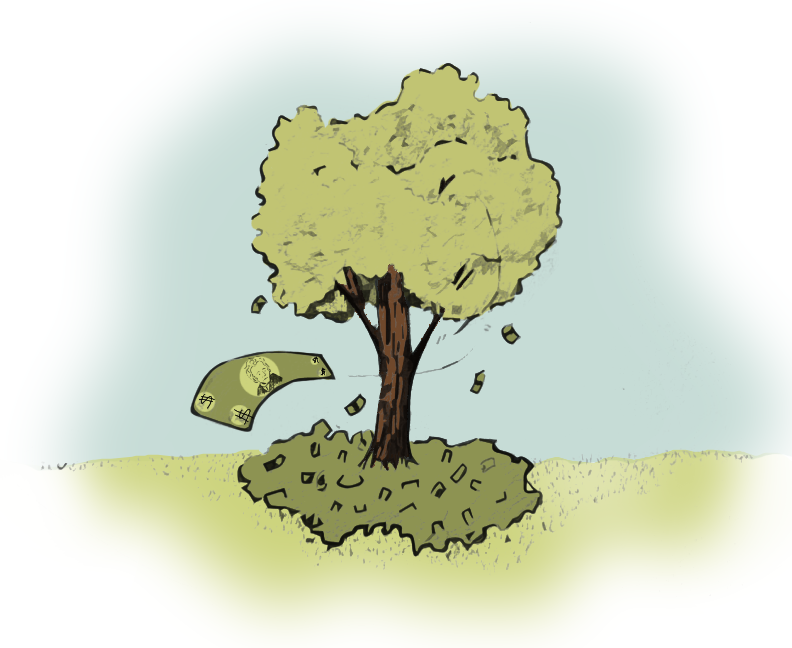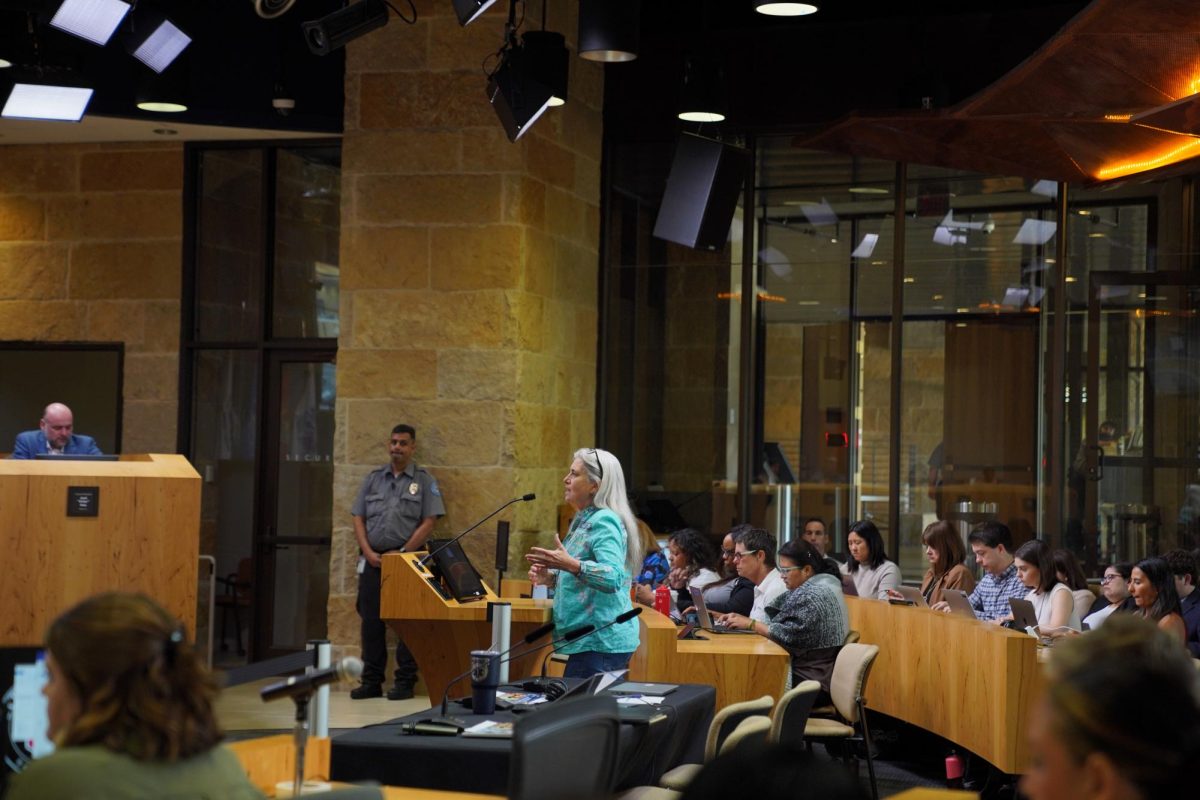Almost a century after it was first built, the Paramount Theatre remains a staple in downtown Austin. The theater is one of the many movie houses featured in a local exhibit.
“The First Picture Shows: Historic Austin Movie Houses” is the Austin History Center’s newest exhibit. With hundreds of historic photographs, documents and architectural drawings, the exhibit showcases the history of more than 100 Austin theaters. The exhibit launched March 20 and will be on display until Aug. 19.
“Everyone at the theater is well aware of the history behind it,” said John Stewart, house projectionist at the Paramount Theatre. “Despite changes over the decades, we try to hold on to the original intent of what film was about.”
Stewart was one of the panelists at the exhibit’s opening in April and has worked in film for over 40 years. He said the exhibit shows how the movie-going experience has changed over time while remaining a communal experience.
In the early 1900s, movie houses and storefront theaters began to line the streets of downtown Austin years after the end of the Civil War with the first screening of a motion picture in 1896. The exhibit details the creation of these theaters and displays photographs of what has become of the ones that no longer screen movies.
Jay Podolnick, whose grandfather, Louis Novy, founded the historic Trans Texas Theater Co., said the history of the few surviving film gems in the community must be preserved through efforts like those of the Austin History Center.
Podolnick said film has played an important role in his life and it’s important to continue teaching students about film because it is part of the foundations of modern cinema.
“Theater is to film what the blues is to music. You can’t be a great musician unless you have an understanding of the genre that gave way to others,” he said. “Students need to learn what it looks like, what it feels like and what it’s like to edit it.”
Russell Bush, radio-television-film graduate student, said film is an important part of studying cinema if students are able to take the discipline that comes with working with film and apply it to shooting in digital formats. But the ability to work with the Austin film community is the biggest strength in UT’s film program, he said.
“Theaters like the Paramount are impactful for the community in general and there’s a change in culture that comes with it,” he said. “Knowing there’s a history of film and picture houses in Austin helps establish the tradition for students.”
Radio-television-film senior Charles Crane is a programmer for Austin Cinematheque, a student organization that screens 35 mm films on campus. Crane said films are becoming harder to see, so the organization works to preserve the cinematic experience by screening films in their original format.
“Living in Austin and experiencing the film community in this city has been unbelievably rewarding,” he said. “It’s hugely inspiring to be part of such a rich film culture in Austin, and I’m glad the Austin Cinematheque has been a part of it.”
Printed on Wednesday, May 2, 2012 as: Expo showcases Austin theaters





















